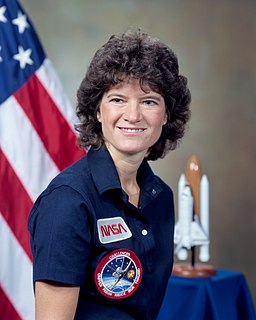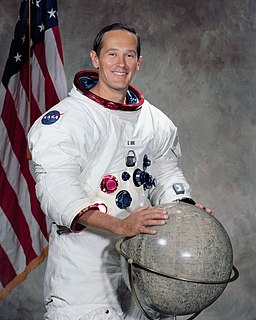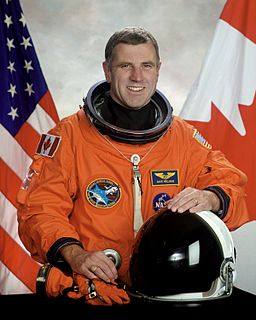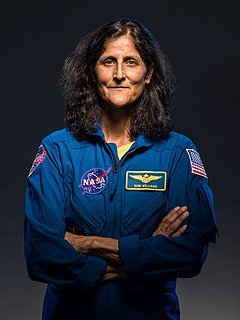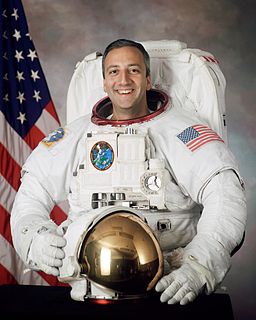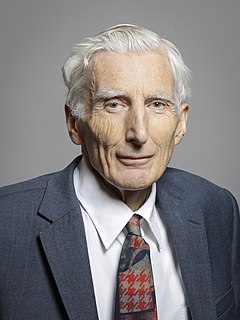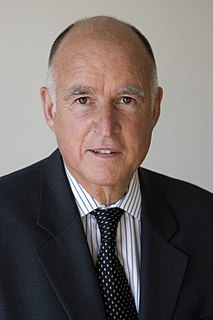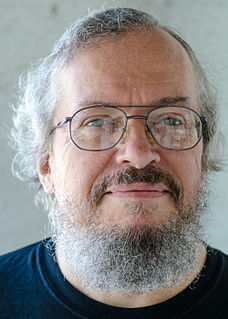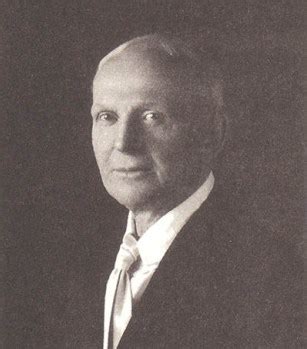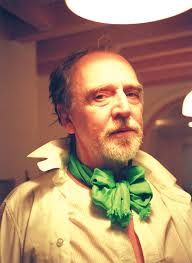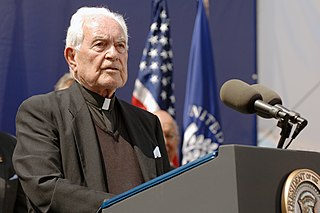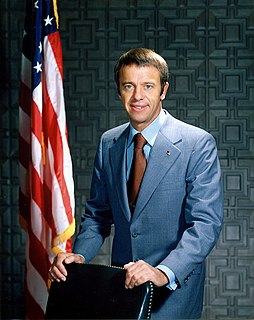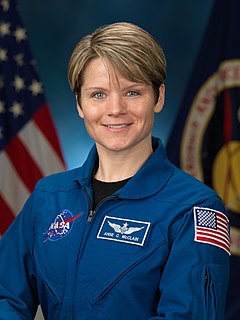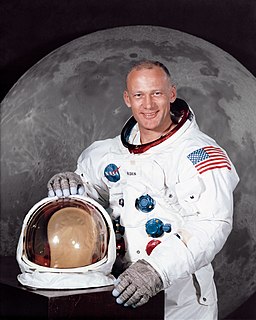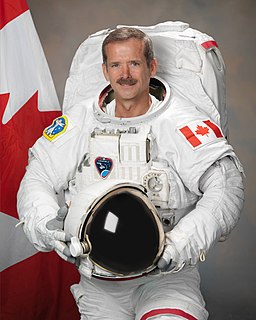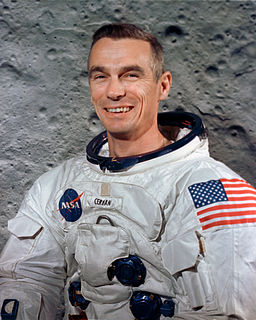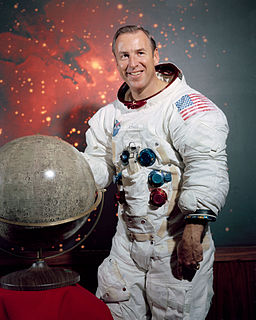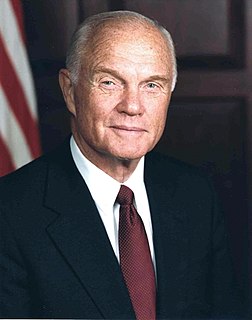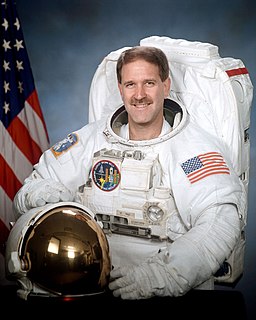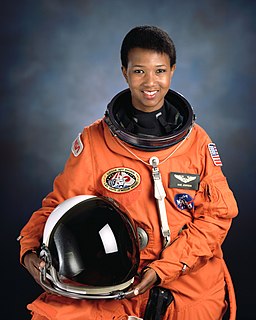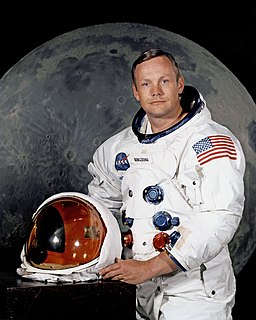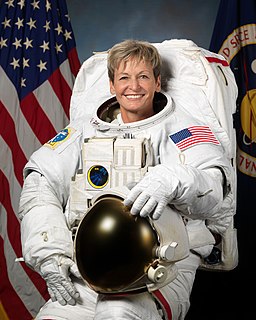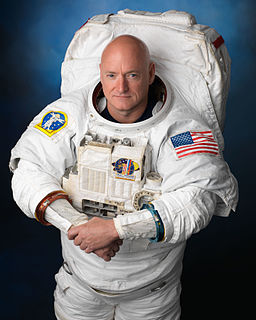A Quote by Sally Ride
The view of earth is spectacular from space. Most people imagine that when astronauts look out the window of the shuttle they see the whole earth like that big blue marble that was made famous by the flights that went to the moon. But the shuttle is much, much closer than those astronauts were. So we don't see the whole planet, the whole ball at once, we just see parts of it.
Related Quotes
On my second space walk, I was riding the Canadarm, heading down toward the payload bay of the space shuttle, and I could see the space shuttle highlighted against the Earth in the background, and there was this black, infinite, hostile void of space. I remember looking down at the Earth and thinking, "Beneath me is a 4½-billion-year-old planet, upon which the entire history of the human species has taken place." That was an incredibly humbling moment, and I had a bit of an epiphany.
On the second flight, we were doing a lot of science experiments, and we've got a really cool window called the cupola. It's a big, circular window with six panes around, sort of at angles so you can see the Earth, you can see the edge of the Earth, you can go out - look out into the universe. It's pretty spectacular.
The thing I remember most about space is the view from the spacewalk. When I was inside the space shuttle and looking through the window, you can see the earth and the stars, and it's very beautiful, but it's like looking at an aquarium, sort of. When you go outside and spacewalk, you become a scuba diver.
Where we're operating is orbital adventures. We would offer five to seven days in low Earth orbit aboard our own spacecraft where customers would have the view of the Earth; get to experience really living in space, probably conducting some scientific investigations that we would piggyback onto those flights. So, they would have the whole experience, kind of a mini-experience of what professional astronauts have.
Getting into a space suit and going outside, to me, getting your peripheral vision involved and looking at the Earth was a whole different experience than looking through the window. And it's kind of the same on earth. If you're driving in a car and you see like a beautiful sunset or landscape, it looks so much better if you stop and get out and kind of take it all in and that's kind of what it's like doing a spacewalk.
The mind is the seat of perception of the things we see, hear, and feel. It is through the mind that we see the beauties of the earth and sky, or music, of art, in fact, of everything. That silent shuttle of thought working in and out through cell and nerve weaves into one harmonious whole the myriad moods of mind, and we call it life.
